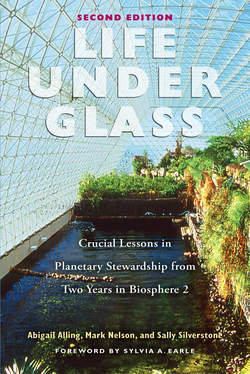Читать книгу Life Under Glass - Марк Нельсон - Страница 18
На сайте Литреса книга снята с продажи.
BIOSPHERE 2 FUNCTIONED AS A SEPARATE LIVING WORLD
ОглавлениеWhat is astonishing, given the level of unknowns, is just how well Biosphere 2 did function and how successfully the ecological systems and technosphere meshed. There were surprises: the oxygen decline that no one predicted, or the fog desert that changed to more chaparral dominance; but perhaps the greatest surprise was how ecological zones in every biome remained largely intact. The coral reef, our greatest biomic challenge, which struggled with bleaching, coral disease, algae overgrowth, and lowered pH, surpassed all expectations. Only one hard coral species out of thirty-four was lost and 86% were considered to be in fair to excellent health at the end of the two-year experiment. The system as a whole functioned as a natural coral reef. The mangroves thrived, more than doubling in height, though understory species declined. The rainforest grew up rapidly and fulfilled the planned ecological succession: the fast-growing first canopy trees and ginger belt on all sides protected the more light-sensitive, mature rainforest species from the harsh Arizona sunlight. The ecological self-organization of these biomes provides lessons for ecological restoration of damaged ecosystems in the Caribbean, Amazon, Everglades and elsewhere around the world.
When we left, our world was lush, vibrant and remarkably diverse. The feared algal soup, mass extinctions, or merging of biomes into one weed-dominated ecosystem never even remotely occurred. When we stepped out of Biosphere 2 and experienced such contrasting air, smells, sounds and the sight of the distant horizon in the Arizona Sonoran desert, we knew that the project had succeeded. We had indeed been living in a very different world and we palpably experienced the differences between the two with our first breaths of Earth air.
